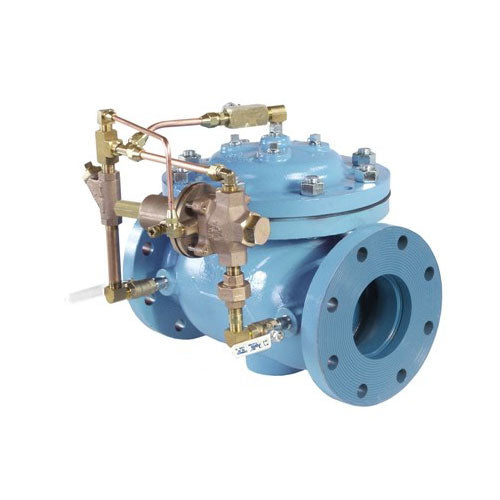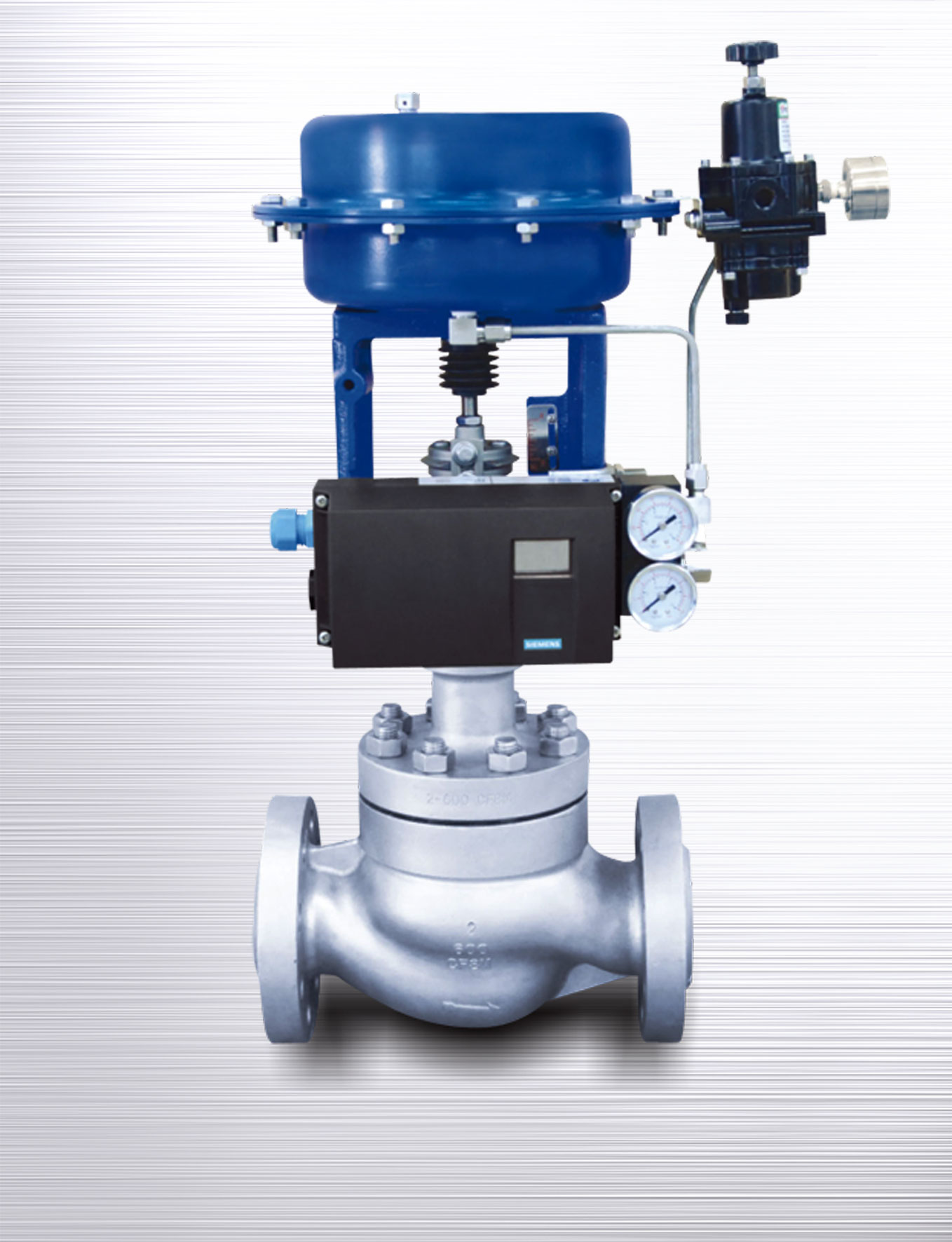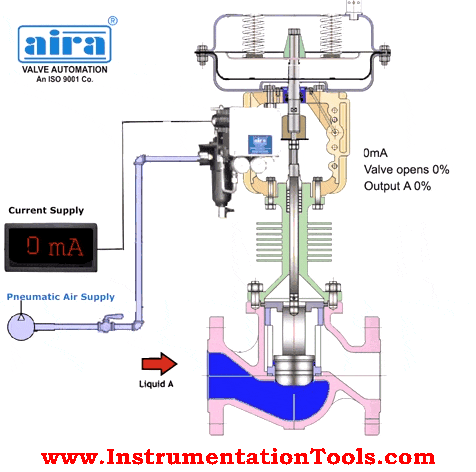Picking the Right Control Valves: An Overview to Ideal System Efficiency
Picking the Right Control Valves: An Overview to Ideal System Efficiency
Blog Article
Achieve Seamless Assimilation and Control With Quality Building Automation Controls
In the realm of modern structure monitoring, the significance of top quality building automation controls can not be overstated. As modern technology proceeds to advancement, the assimilation and control of numerous systems within a building have advanced to be extra innovative and effective. The smooth operation and surveillance of illumination, HVAC, safety, and various other building functions have actually ended up being vital for improving resident convenience, energy performance, and total operational efficiency. Nonetheless, the journey towards attaining true integration and control is a diverse one, with factors to consider varying from system compatibility to cybersecurity. Embracing quality building automation controls is not simply an issue of benefit but a critical important for organizations intending to enhance their facilities' efficiency and sustainability.

Evolution of Building Automation Controls
Throughout the past couple of years, the evolution of constructing automation controls has actually considerably changed the way buildings are taken care of and run. Building automation systems mainly focused on fundamental functions such as regulating home heating, ventilation, and air conditioning (COOLING AND HEATING) systems. However, as innovation advanced, these controls have come to be a lot more innovative, enabling a wider variety of building systems to be incorporated and handled centrally.
The advancement of constructing automation controls has actually seen a change in the direction of even more intelligent systems that can adjust to altering problems in real-time. This versatility is vital for optimizing energy performance and making certain passenger convenience. Furthermore, modern-day building automation controls now provide features such as predictive maintenance, remote surveillance, and information analytics, making it possible for facility supervisors to make data-driven decisions to boost building performance.

Benefits of Top Quality Assimilation
The innovation in structure automation controls in the direction of even more smart systems has underscored the considerable benefits of top quality integration in enhancing building procedures and improving total performance. This central control additionally provides far better exposure and understandings into building efficiency, making it possible for aggressive upkeep and optimization techniques. In general, the benefits of top quality integration in structure automation controls are indisputable, supplying enhanced effectiveness, convenience, and operational performance.
Boosted Customer Experience and Availability
Enhancing customer communication with structure automation regulates via instinctive style and enhanced availability boosts the total experience for occupants and facility supervisors alike. By concentrating on user experience, building automation systems can become extra effective and straightforward. Intuitive user interfaces, clear navigation, and customizable setups equip individuals to engage with the controls conveniently and effectively.
Ease of access attributes play an essential function in making sure that all individuals, consisting of those with disabilities, can utilize the building automation manages easily. Including attributes such as voice commands, responsive switches, and color-contrasted display screens can enhance access and make the controls much more inclusive.
In addition, boosted individual experience results in higher individual satisfaction, boosted productivity, and much better decision-making. Owners can change environmental settings according to their choices, while facility supervisors can efficiently monitor and manage building systems - control valves. In general, focusing on individual experience and ease of access in building automation manages adds to a much more productive and smooth structure environment for all stakeholders entailed
Sustainable Practices Through Automation

Moreover, automation can assist in the combination of renewable resource sources such as solar panels or wind generators right into structure operations. By immediately adjusting power usage based upon the availability of renewable energy, buildings can even more minimize their reliance on non-renewable resources. This seamless integration of sustainable practices not only profits the atmosphere however also boosts the general functional efficiency and cost-effectiveness of the building. Via automation, structures can align with contemporary sustainability goals and add to a greener future.
Future Trends in Building Control Systems
One noticeable pattern forming the future of structure control systems is go to this web-site the increased integration of Artificial Knowledge (AI) and equipment understanding. In addition, the Internet of Things (IoT) is changing building control systems by linking devices and sensing units to boost and improve operations efficiency.
Another vital fad is the emphasis on cybersecurity actions to protect versus prospective risks to building automation systems. As buildings come to be extra interconnected, making sure robust cybersecurity methods will certainly be necessary to protect delicate information and stop unapproved accessibility.
In addition, the shift towards cloud-based platforms is acquiring momentum, permitting streamlined control and remote accessibility to building systems. This promotes simpler surveillance, maintenance, and updates, boosting the general efficiency and flexibility of building control systems. As innovation proceeds to breakthrough, these patterns are expected to form the future landscape of structure automation controls, driving technology and sustainability in the constructed setting.
Conclusion
In final thought, constructing automation controls have actually developed substantially, providing numerous advantages such as boosted customer experience, accessibility, and lasting practices. Quality assimilation plays a key function in achieving seamless control and efficient procedure of building systems. Future patterns in building control systems are likely to concentrate on further enhancing automation capabilities for enhanced power effectiveness and overall performance. It is necessary for building owners and operators to focus on the fostering of quality building automation other regulates to enhance building operations and achieve lasting sustainability objectives.
In the realm of modern structure administration, the value of high quality structure automation controls can not be overemphasized. Overall, the evolution of building automation manages continues to drive advancement in the building management sector, providing new possibilities for creating smarter and much more sustainable structures.
The development in building automation regulates in the direction of more intelligent systems has underscored the considerable benefits of high quality combination in maximizing building procedures and boosting total efficiency. Generally, focusing on individual experience and availability in structure automation regulates contributes to a much more smooth and effective building atmosphere for all stakeholders entailed.
It is crucial for building proprietors and drivers to focus on the adoption of quality building automation controls to enhance building procedures and accomplish lasting sustainability objectives. - control valves
Report this page